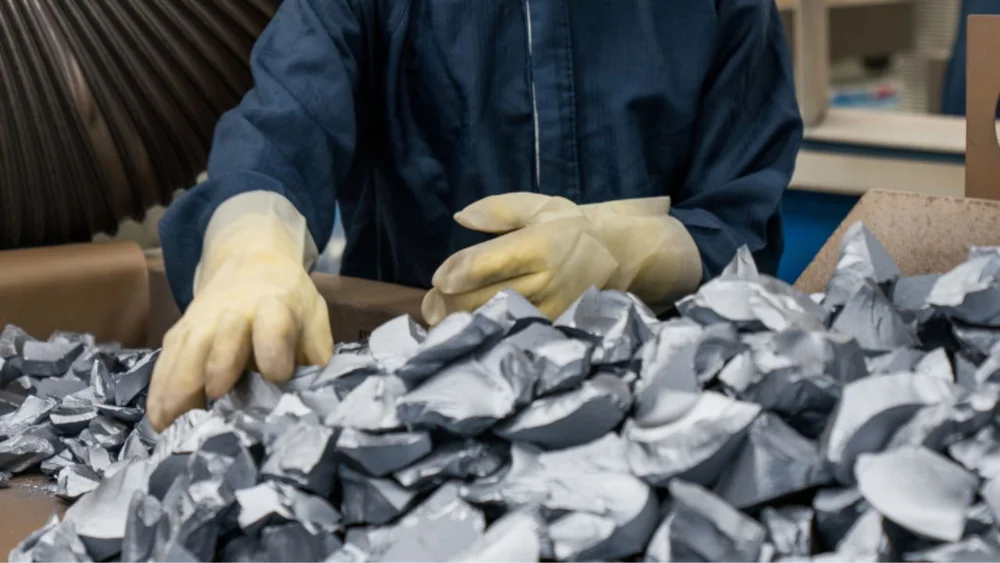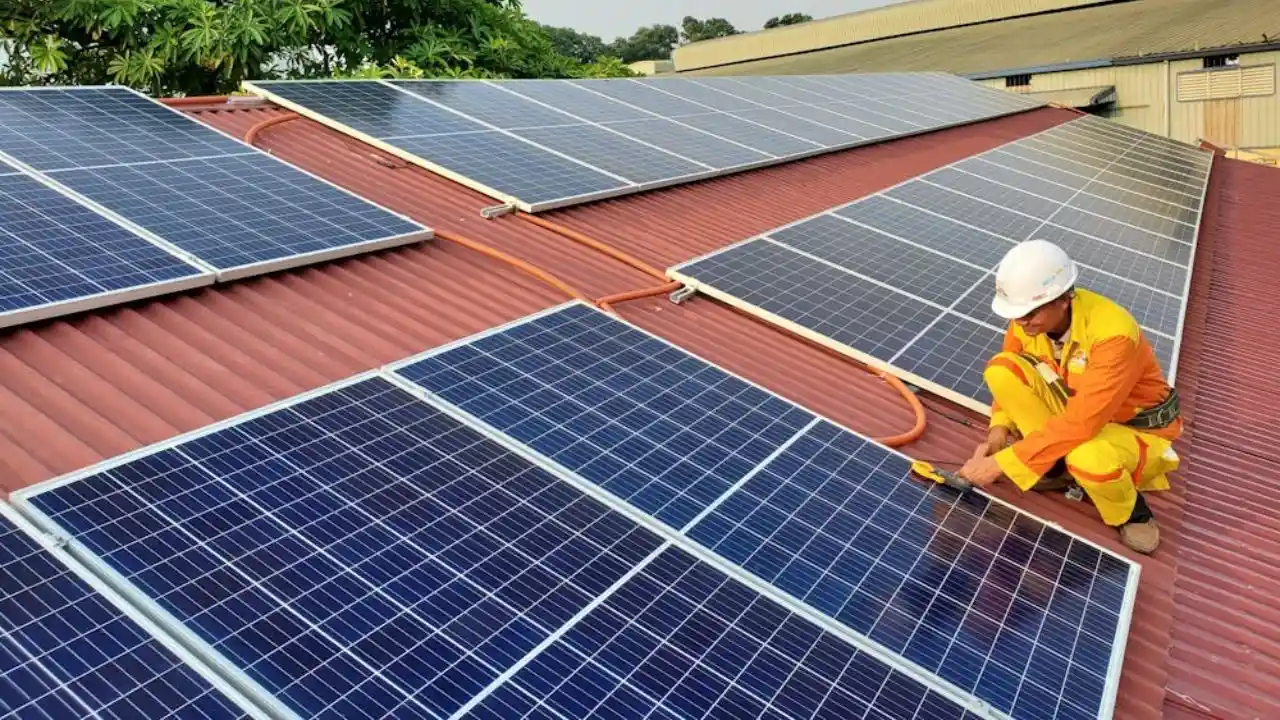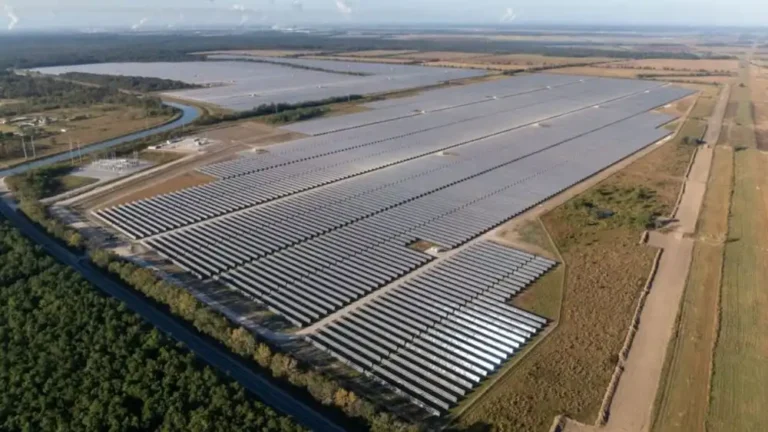
- GaP and Ti are utilised in a new solar cell.
- The new solar cell may potentially reach a conversion efficiency of 60%.
- 15 years were taken up by the team to develop the first prototype.
- Low efficiency is the current stage, although the scientists raise the level of performance.
These researchers at Universidad Complutense de Madrid have designed a world-first solar cell made with gallium phosphide (GaP) and titanium (Ti), which could potentially reach 60% efficiency in the conversion of energy. It is just a great development in solar energy technology, potentially much of a game-changer in electricity generation from sunlight.
Also read: Plenitude Begins Work on 220MW Solar Plant in Spain
Traditional silicon-based solar cells are capped at a certain efficiency by the Shockley Queisser (SQ) limit, which stands at around 33.7% for silicon. This makes it such that even the best-quality silicon solar panels lose nearly 70% of the sunlight they capture. The increasing demand globally for energy means more efficient materials and technologies are necessary.
A new member from the Spanish team is one using gallium phosphide and titanium, with an efficiency approaching 60%, nearly double that of the best performance of silicon cells so far.
The research team led by the scientist Javier Olea Ariza designed and developed this high-tech technology in over 15 years. Their solar cell uses a higher bandgap material, gallium phosphide with 2.26 eV, rather than silicon used in such cells, which is 1.3 eV. The added titanium feature ensures that the performance of the cell is maximized when incident at wavelengths larger than 550 nm. This is where maximum absorption of solar energy occurs.
The solar cell is also characterized by a highly compact configuration, with the active layer being only 50 nm thick. In addition, the device has metal contacts made of gold and germanium. Through these, the efficiency of the device is enhanced. The researchers tested the optical properties of the solar cell. They found that because of the constituent elements, particularly the presence of titanium, the solar cell has a wide absorption band. It simply means that it can perfectly convert the sun’s rays into electricity.
This design, though revolutionary for the future, is still not ready for the market. For instance, the prevailing efficiency is as yet low and should be done with further research to optimize the design of this solar cell. The team hopes to improve upon this prototype and has optimistic hopes that construction challenges related to incorporating titanium will be better addressed. This technology is still very new, but in the long run, it may impact the solar energy industry since its potential is tremendous.
Also read: Lhyfe Begins Construction on Green Hydrogen Plant in France
A photovoltaic that offers 60 percent energy conversion efficiency can be a game-changer in the arena of solar power. There is much work yet to be done, but what the group has been able to do with gallium phosphide and titanium has given a pointed direction toward efficiency in next generation solar tech. In case it succeeds, a similar innovation would reduce the number of solar panels to a significantly needed amount in order to meet the global supply of energy, thereby making solar power more viable and widespread as an energy solution.






